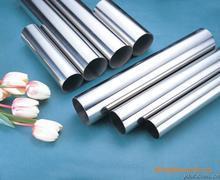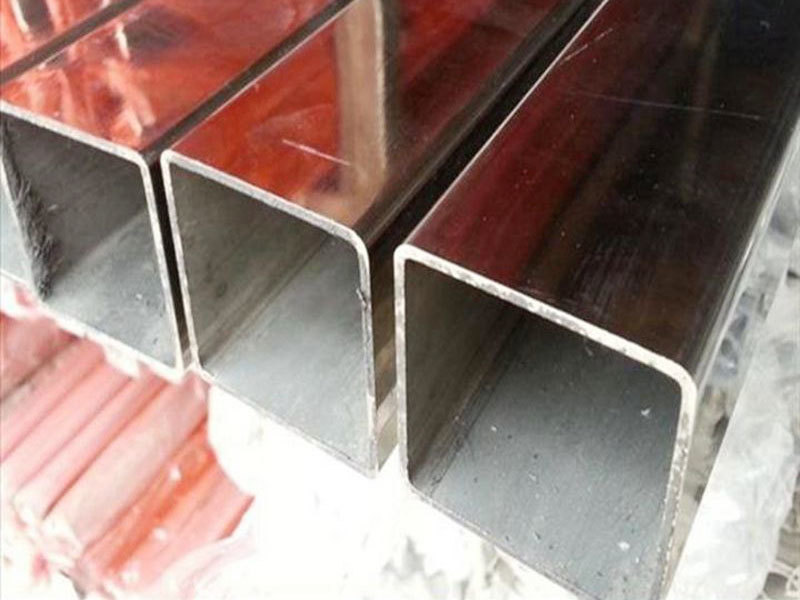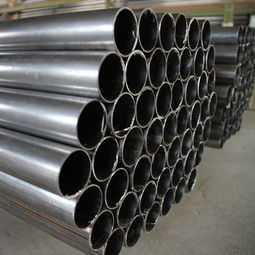

Hot rolled steel pipe
Here is the title one h1 placeholder text
Category:
Key words:
Product Details
Advantages: It can destroy the casting tissue of steel ingots, refine the grains of steel, and eliminate the defects of microstructure, so that the steel tissue is dense and the mechanical properties are improved. This improvement is mainly reflected in the rolling direction, so that the steel is no longer isotropic to a certain extent; the bubbles, cracks and looseness formed during pouring can also be welded under high temperature and pressure.
Disadvantages: 1. After hot rolling, the non-metallic inclusions (mainly sulfides and oxides, as well as silicates) inside the steel are pressed into sheets, resulting in delamination (interlayer). Delamination greatly deteriorates the tensile properties of the steel along the thickness direction, and there is a possibility of interlayer tearing when the weld shrinks. The local strain induced by weld shrinkage often reaches several times of the yield point strain, which is much larger than the strain caused by load; 2. Residual stress caused by uneven cooling. Residual stress is the stress of internal self-equilibrium under the action of no external force. Hot-rolled steel of various cross-sections have such residual stress. The larger the cross-sectional size of steel, the greater the residual stress. Although the residual stress is self-balanced, it still has some influence on the performance of steel members under the action of external force. Such as deformation, stability, fatigue resistance and other aspects may have adverse effects. Hot rolled steel products, for the thickness and side width of this aspect is not good control. We are familiar with thermal expansion and contraction, because at the beginning of hot rolling out even if the length and thickness are up to standard, there will still be a certain negative difference after final cooling, the wider the side width of this negative difference, the thicker the thickness, the more obvious the performance. Therefore, for large steel, the width, thickness, length, angle and edge of the steel cannot be too accurate.
Steel pipes are divided into two categories: hot-rolled and cold-rolled (dial) seamless steel pipes.
Hot rolled steel pipes are divided into general steel pipes, low and medium pressure boiler steel pipes, high pressure boiler steel pipes, alloy steel pipes, stainless steel pipes, petroleum cracking pipes, geological steel hot rolled steel pipes and other steel pipes.
Online Inquiry










